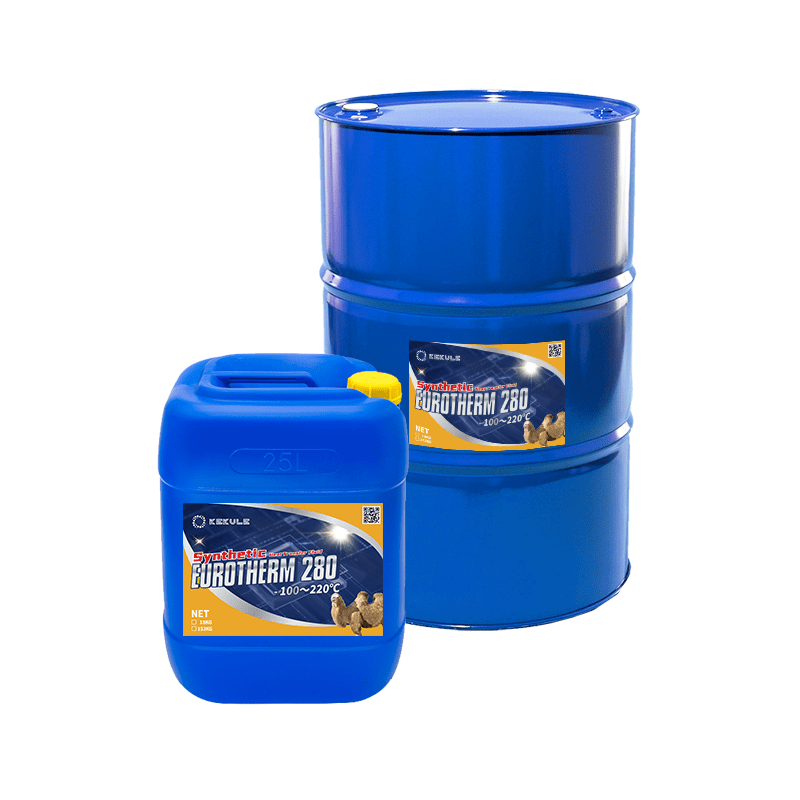Chemie for Dummies
Chemie for Dummies
Blog Article
The 4-Minute Rule for Chemie
Table of ContentsThe 6-Minute Rule for ChemieChemie for DummiesChemie for DummiesGetting My Chemie To WorkFacts About Chemie RevealedChemie Fundamentals Explained
(https://chemie999.weebly.com/)Measured change in electric conductivity of fluid examples as a feature of time when mixed with the material sample in the shut indirect air conditioning loop experiment. Figure 6 shows the modification in the gauged electrical conductivity of the fluid examples when mixed with the resin example. The conductivity of the water sample from the closed loop experiment minimized by roughly 70% from 11.77 S/cm to 3.32 S/cm in six hours.These results showed that the capacity of the material relies on the examination fluid utilized for the experiment. This reveals that various ions existing in the liquid will certainly result in different ion exchange ability of the fluid. For that reason, determining the ion exchange material capability with the fluid example from the real cooling loophole is crucial.
Some Known Details About Chemie
An ion exchange resin cartridge including 20g of Dowex mixed bed resin might take on order 938 days to saturate - silicone fluid. Simply put, to preserve a low electric conductivity, a material cartridge with the measurement and weight spec as that of the resin cartridge utilized in the experiment, require to be changed every 30 months for the cooling system that was used in the experiment
The cooling of digital components has actually come to be a major challenge in current times due to the improvements in the design of faster and smaller sized parts. As a result, various air conditioning modern technologies have been developed to efficiently get rid of the warm from these components [1, 2] Making use of a fluid coolant has actually come to be attractive due to the greater warm transfer coefficient attained as compared to air-cooling.
Examine This Report about Chemie
A single stage cooling loophole consists of a pump, a warm exchanger (cool plate/mini- or micro-channels), and a heat sink (radiator with a fan or a liquid-to-liquid warm exchanger with chilled water cooling). The warmth source in the electronics system is attached to the heat exchanger.
The demands may differ depending upon the type of application. Following is a list of some general requirements: Excellent thermo-physical properties (high thermal conductivity and certain warm; low thickness; high unexposed warmth of evaporation for two-phase application) Reduced cold point and burst factor (sometimes burst protection at -40 C or reduced is needed for delivery and/or storage functions) High climatic boiling point (or low vapor stress at the operating temperature) for single stage system; a slim wanted boiling point for a two-phase system Excellent chemical and thermal stability for the life of the electronic devices system High flash factor and auto-ignition temperature level (often non-combustibility is a demand) Non-corrosive to products of building (metals in addition to polymers and various other non-metals) No or minimal regulatory restrictions (eco-friendly, harmless, and perhaps eco-friendly) Affordable The most effective electronics coolant is a low-cost and harmless liquid with exceptional thermo-physical homes and a lengthy solution life.
Rumored Buzz on Chemie
Many of these fluids have a non-discernible smell and are safe in situation of call with skin or consumption. As pointed out in the past, aliphatic PAO-based fluids have changed the silicate-ester liquids in a range of military electronics (and avionics) cooling down applications in the last decade. Another class of prominent coolant chemistry is dimethyl- and methyl phenyl-poly (siloxane) or commonly called silicone oil.
Of all, these fluids are non-combustible and safe. Some fluorinated compounds have no ozone diminishing prospective and various other ecological residential or commercial properties.
This coolant is categorized as hazardous and must be managed and disposed of with treatment. The high quality of water utilized for the preparation of a glycol remedy is really essential for the system.
Unknown Facts About Chemie

This is a low expense antifreeze option, discovering use in refrigeration services and ground resource warm pumps - silicone synthetic oil. This liquid can be utilized down to -40 C owing to its fairly high rate of heat transfer in this temperature array.
It is considered more unsafe than ethylene glycol and consequently has actually found usage only for process applications located outdoors. Methanol is a flammable dig this fluid and, as such, presents a potential fire threat where it is kept, managed, or made use of.
7 Easy Facts About Chemie Explained
As a combustible fluid, it needs particular precautions for dealing with and storage. Liquid remedies of calcium chloride locate vast usage as distributing coolants in food plants. It is non-flammable, non-toxic and thermally more effective than the glycol services. A 29% (by wt.) calcium chloride solution has a freezing factor below -40 C.

Report this page